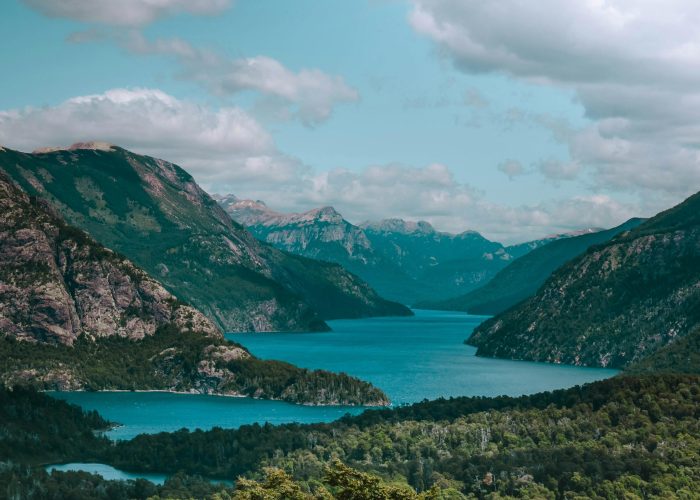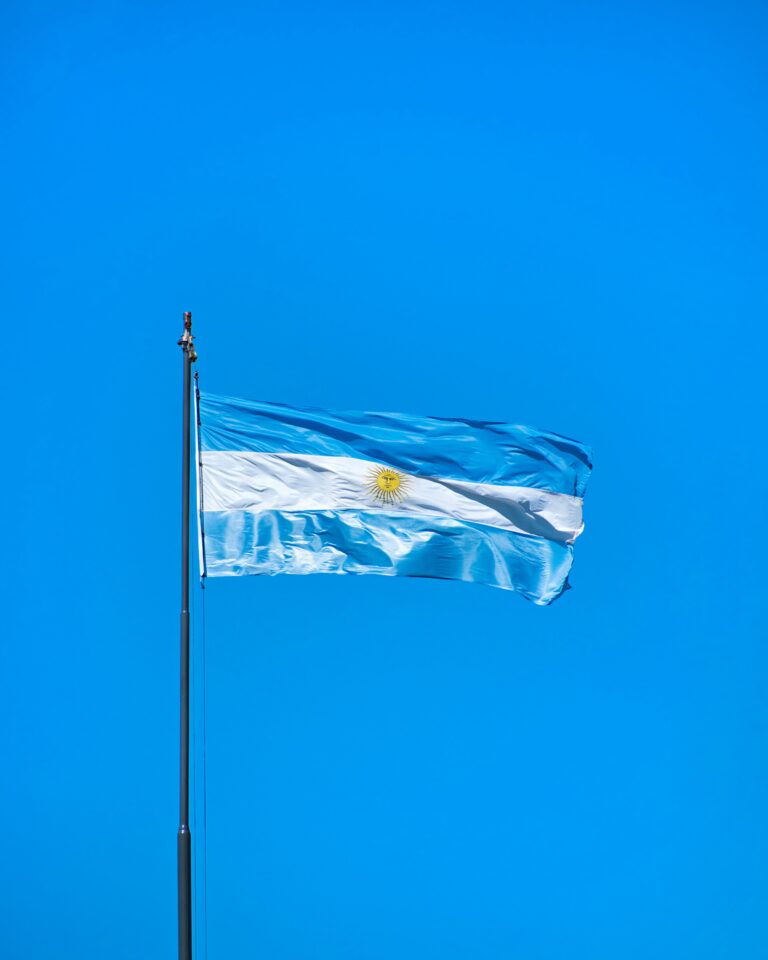
South America
Welcome to the vibrant and diverse world of South America! This continent, renowned for its stunning natural landscapes and rich cultural heritage, is home to twelve unique countries, each with its own story to tell. From the majestic Andes mountains and the sprawling Amazon rainforest to bustling cities like Rio de Janeiro and Buenos Aires, South America offers a fascinating tapestry of geography, history, and culture. As you delve into South America’s facts, you’ll discover the intricate blend of indigenous traditions, colonial influences, and modern developments that make this region a captivating part of our global community. Join us in exploring the myriad wonders and unique characteristics that define South America.
History
The history of South America is a rich tapestry woven with the threads of ancient civilizations, European conquests, struggles for independence, and the development of modern nations. This continent, marked by its vast landscapes and diverse cultures, has a story that spans thousands of years and encompasses profound transformations.
Ancient Civilizations
Long before European explorers set foot on South American soil, the continent was home to advanced civilizations. The Inca Empire, which flourished in the Andean region from the 13th to the 16th centuries, is one of the most well-known pre-Columbian civilizations. The Incas built impressive cities like Machu Picchu and developed sophisticated agricultural techniques, including terrace farming and irrigation systems.
Other notable cultures included the Moche, known for their intricate ceramics and metallurgy, and the Nazca, famous for the enigmatic Nazca Lines. In the Amazon rainforest, various indigenous groups thrived, adapting to their environment with remarkable ingenuity.
European Conquest and Colonization
The arrival of Europeans in the late 15th and early 16th centuries marked a turning point in South American history. Christopher Columbus’s voyages opened the door for Spanish and Portuguese explorers, who sought wealth and new territories. In 1494, the Treaty of Tordesillas divided the continent between Spain and Portugal, with the latter gaining control over what is now Brazil.
Spanish conquistadors, such as Francisco Pizarro, defeated the Inca Empire and established colonial rule over vast regions. The colonization process was brutal, involving the exploitation and forced labor of indigenous populations, as well as the introduction of diseases that decimated local communities. Spanish and Portuguese colonizers established cities, churches, and trade networks, profoundly shaping the continent’s cultural and social landscape.
Independence Movements
The 19th century ushered in a wave of independence movements across South America, inspired by Enlightenment ideals and the successes of the American and French Revolutions. Key figures such as Simón Bolívar and José de San Martín played pivotal roles in liberating territories from Spanish rule. Bolívar, known as “The Liberator,” led campaigns that resulted in the independence of Venezuela, Colombia, Ecuador, Peru, and Bolivia. Meanwhile, San Martín was instrumental in the liberation of Argentina, Chile, and Peru.
By the mid-1820s, most South American countries had achieved independence, although the post-colonial period was marked by political instability, internal conflicts, and struggles to define national identities.
Modern Era
The 20th century brought significant changes to South America, including industrialization, urbanization, and political transformations. The continent experienced periods of economic boom and bust, often tied to global market fluctuations in commodities such as coffee, oil, and minerals.
Political landscapes in South America were diverse, ranging from military dictatorships to socialist governments. Notable events include the Cuban Revolution’s influence, the military coup in Chile in 1973 that brought General Augusto Pinochet to power, and the rise of leftist leaders like Hugo Chávez in Venezuela and Evo Morales in Bolivia in the early 21st century.
Contemporary South America
Today, South America is a continent of contrasts and opportunities. It boasts vibrant cultures, diverse ecosystems, and a growing economic presence on the global stage. Countries like Brazil and Argentina are major players in agriculture and industry, while others like Chile and Colombia have made strides in technology and innovation.
Despite challenges such as economic inequality, political corruption, and environmental issues, South American nations continue to pursue development and integration within the global community. The continent’s rich history, marked by resilience and transformation, remains a testament to the enduring spirit of its people.
Facts About South America
South America is a continent full of intriguing facts and natural wonders. Here are some fascinating highlights:
Amazon Rainforest: The largest tropical rainforest in the world, spanning several countries and home to an incredible variety of plant and animal species.
Andes Mountains: The longest mountain range on earth, running through seven countries and reaching heights over 6,900 meters (22,600 feet).
Angel Falls: Located in Venezuela, it is the world’s highest uninterrupted waterfall, with a height of 979 meters (3,212 feet).
Cultural Heritage: The continent boasts rich indigenous cultures, including the advanced Inca Empire, known for its architectural marvel, Machu Picchu.
Biodiversity: South America is one of the most biodiverse regions globally, with countries like Brazil and Colombia hosting an immense variety of flora and fauna.
Rio Carnival: Held in Rio de Janeiro, Brazil, it is one of the world’s largest and most famous carnivals, known for its vibrant parades and samba music.
Atacama Desert: Located in Chile, it is the driest non-polar desert in the world, with some areas having never recorded rainfall.



